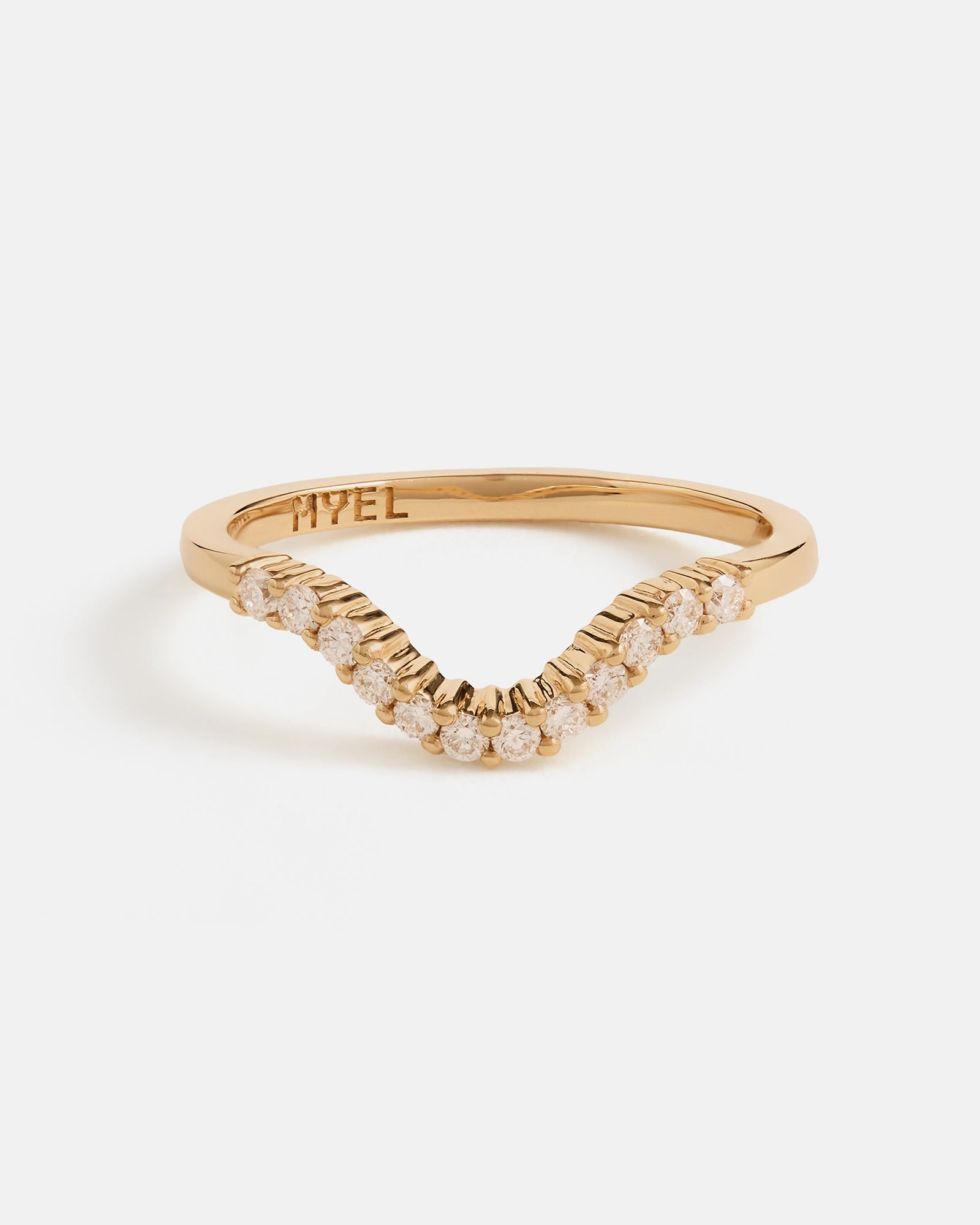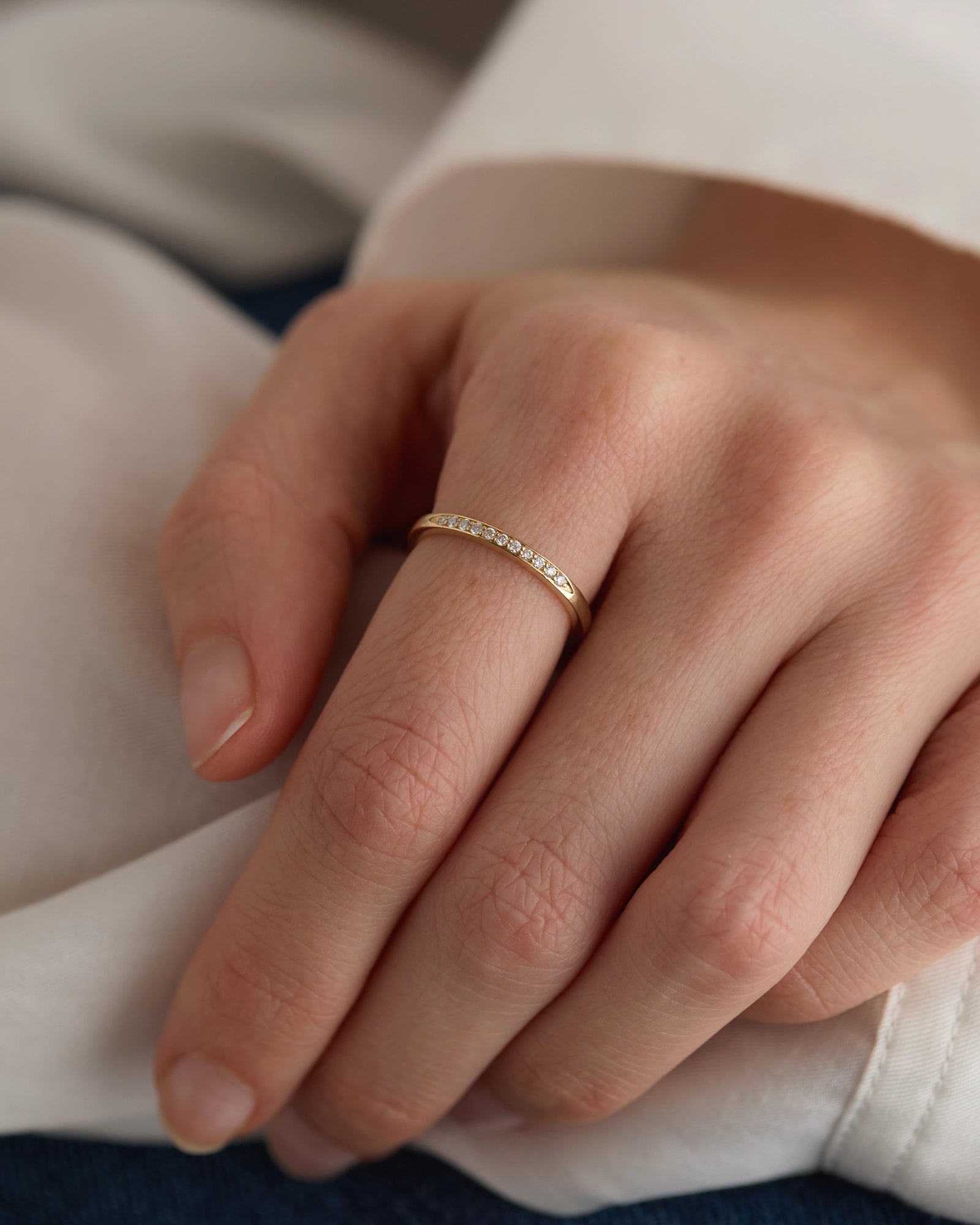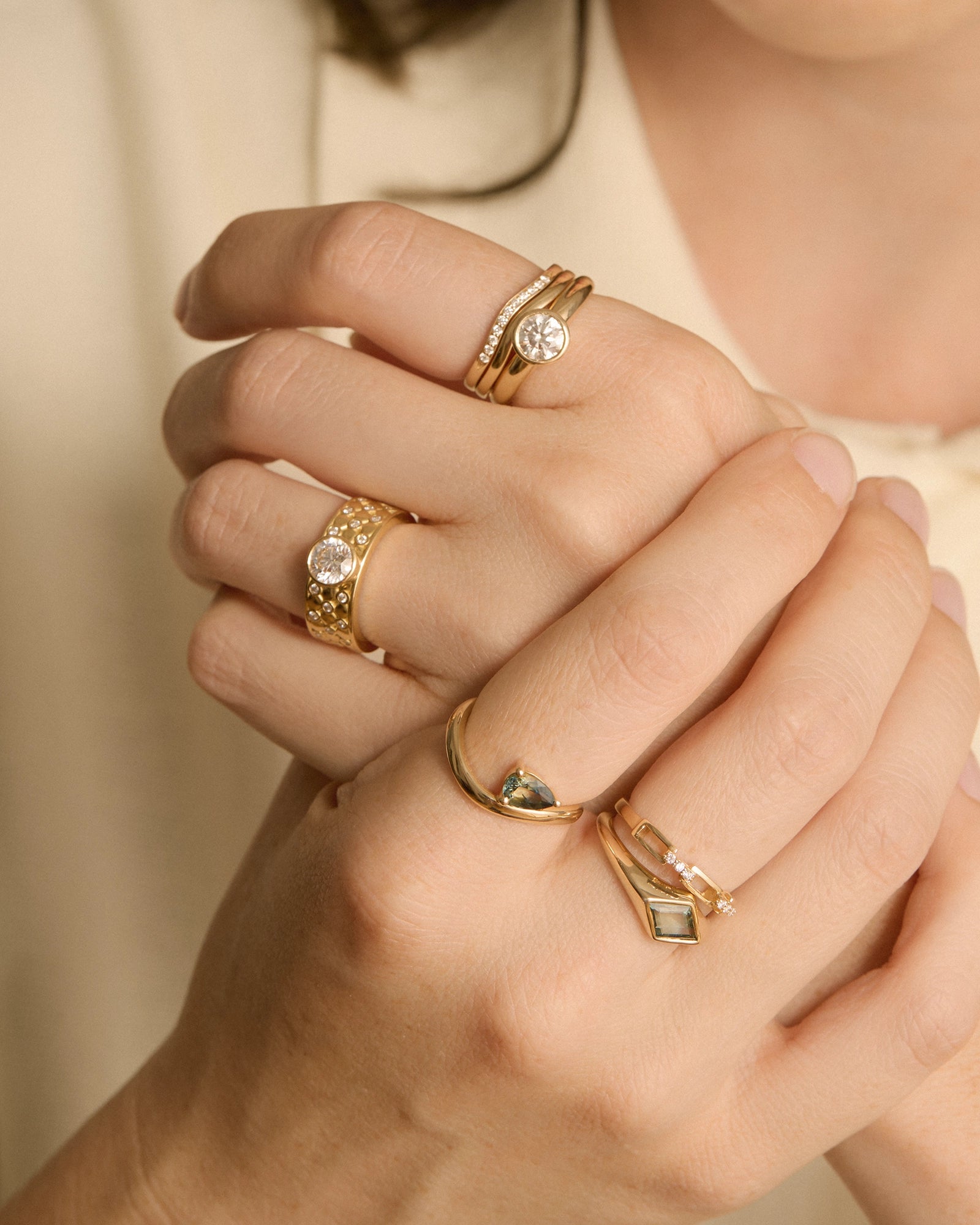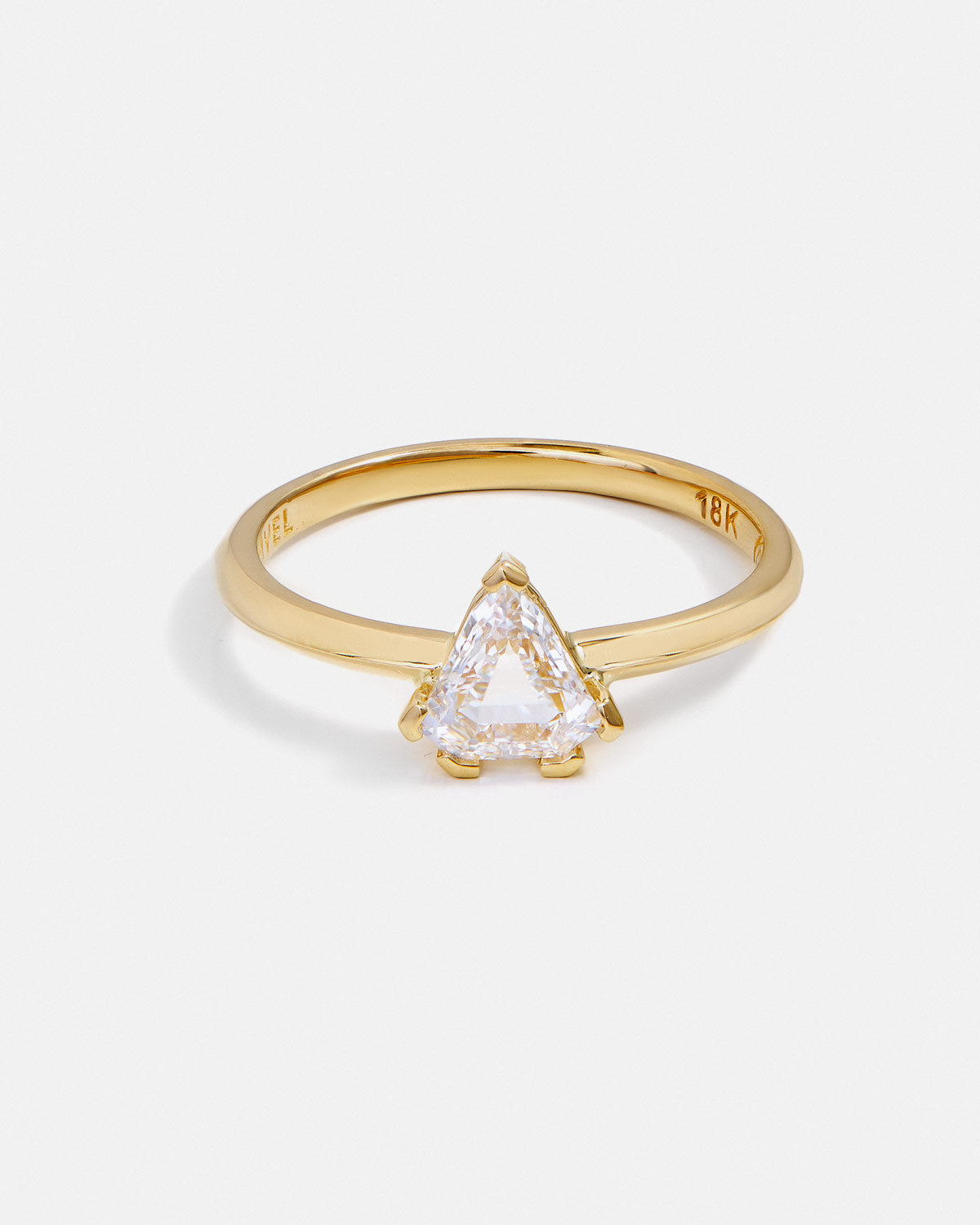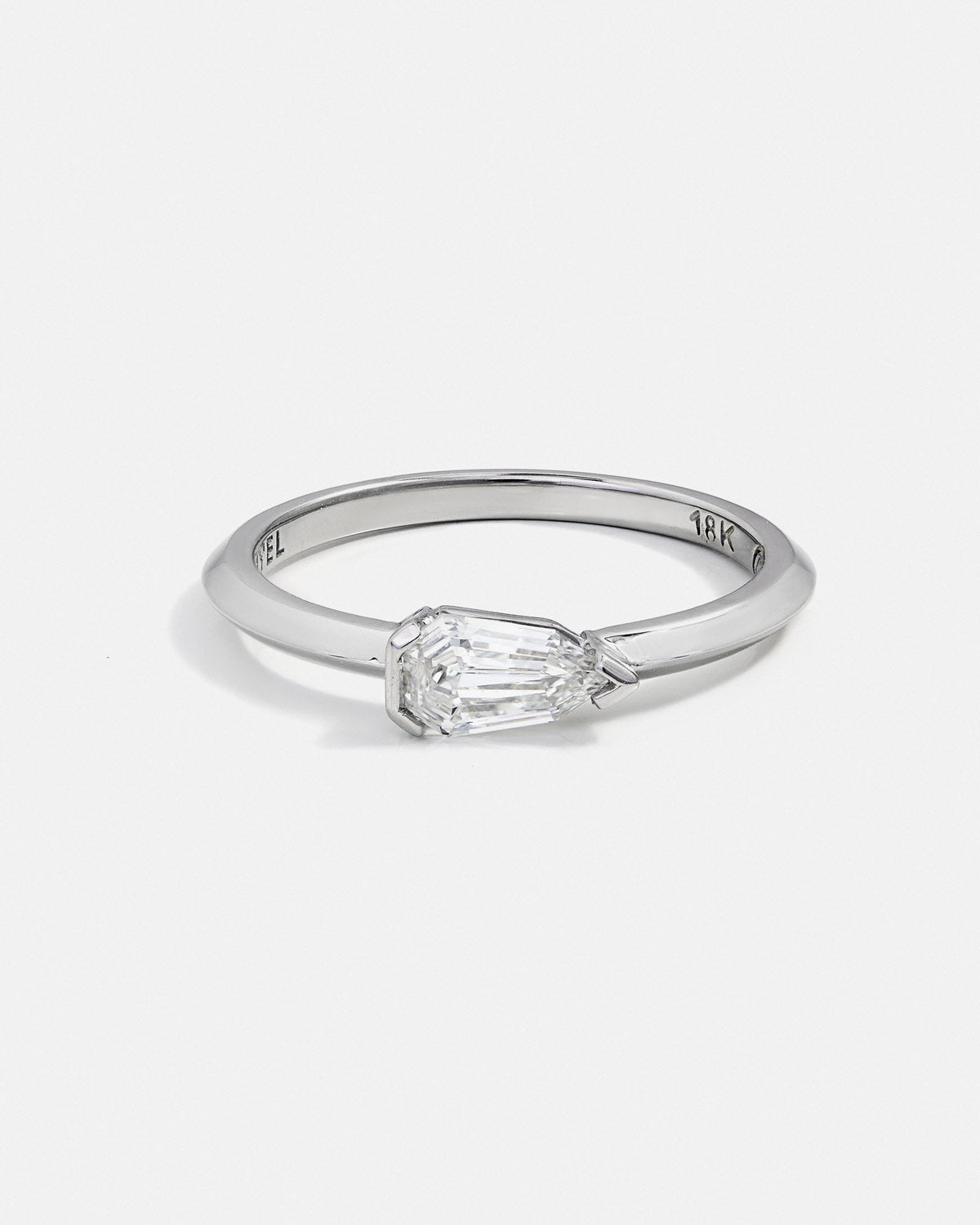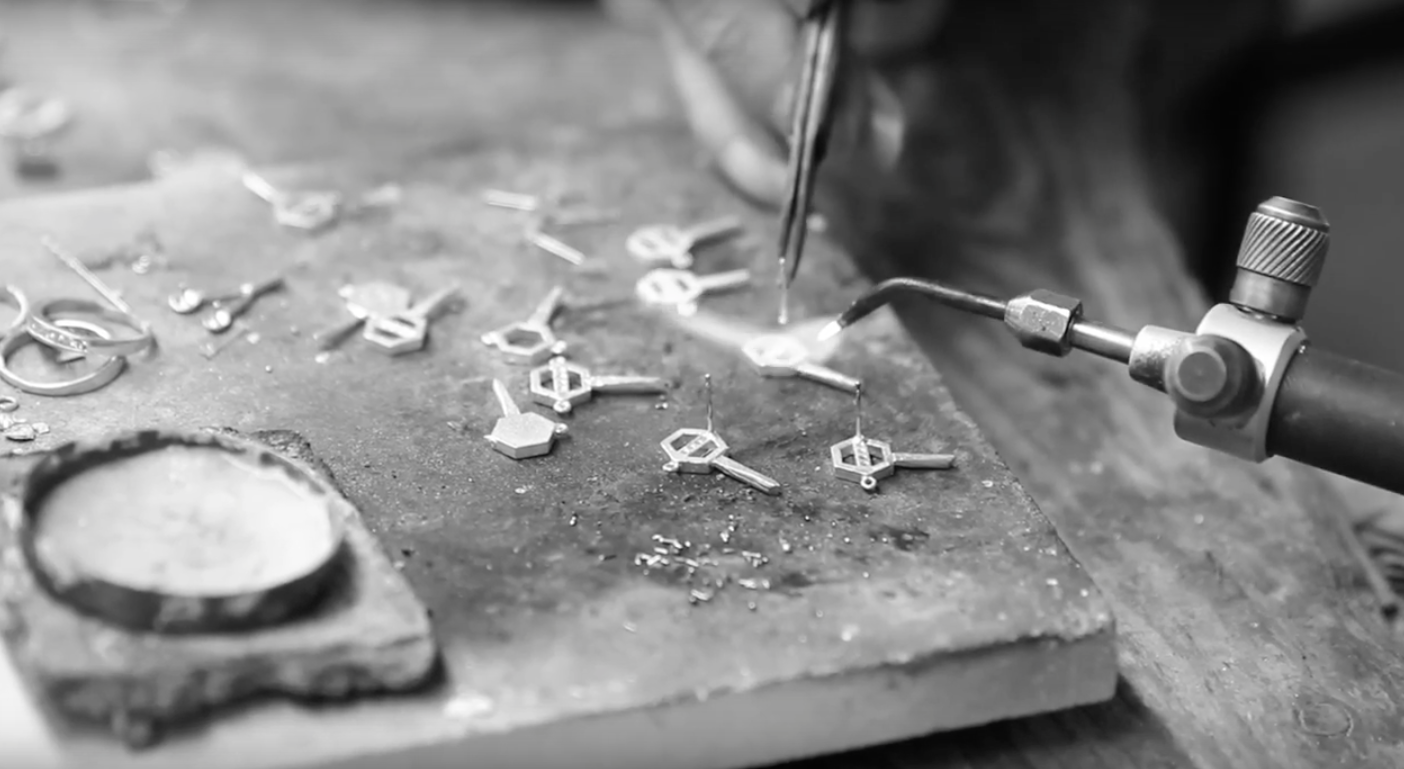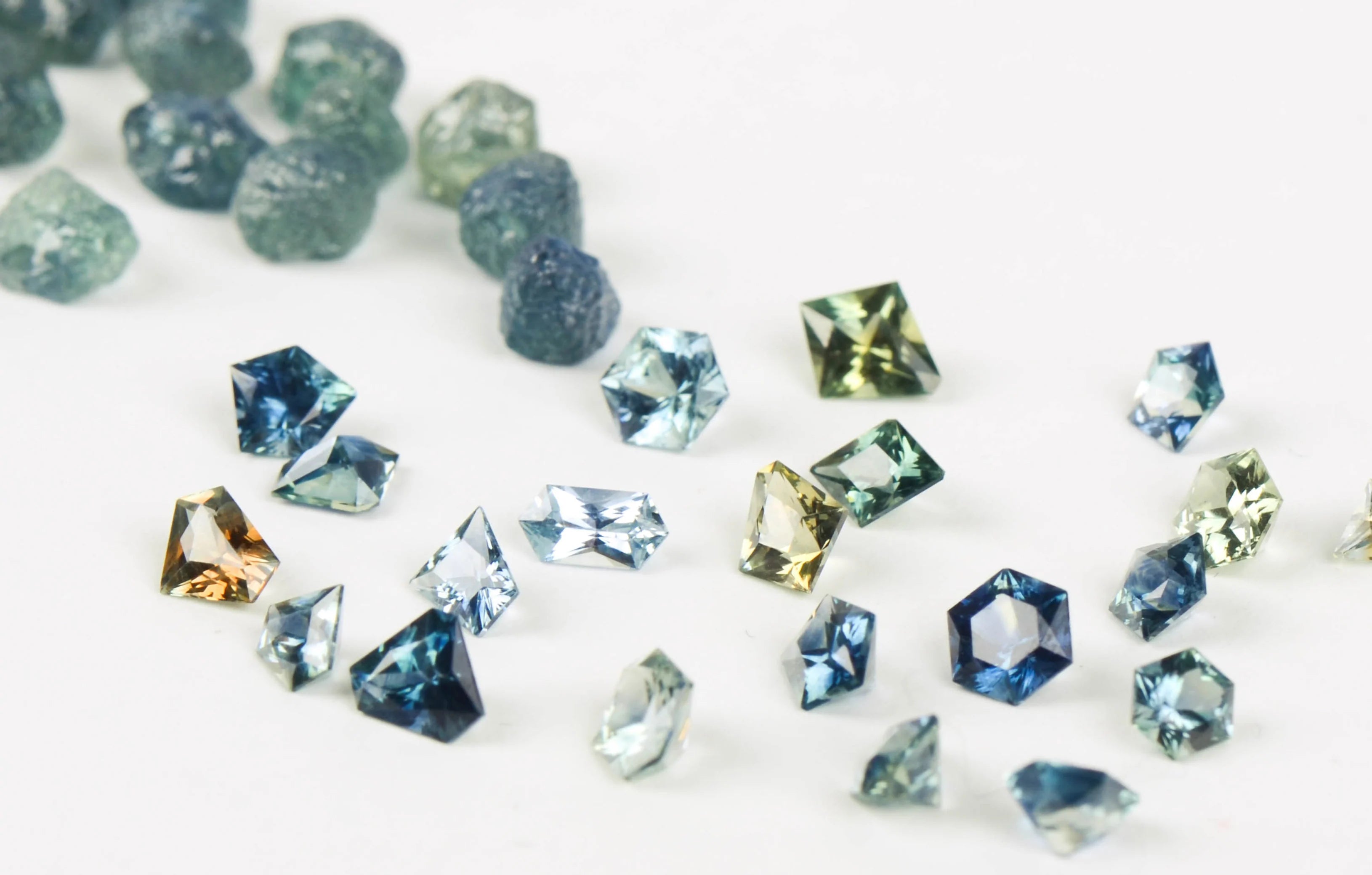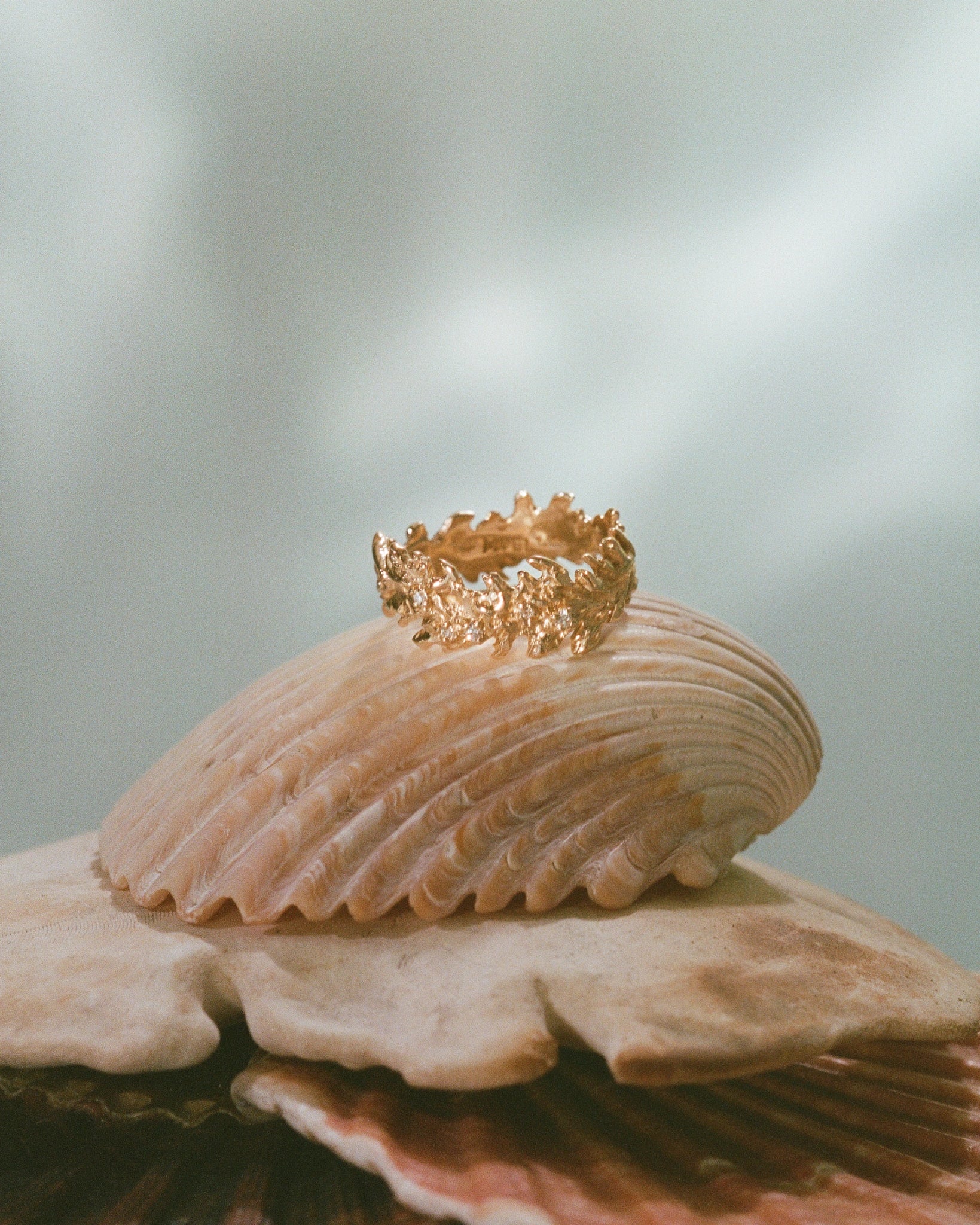
The diamond industry has long been associated with controversial practices, including destructive mining and the use of blood diamonds from conflict zones. However, it is now possible to find more ethical and sustainable alternatives, such as Canadian natural diamonds. These diamonds, extracted according to strict ethical and ecological standards, come from remote and difficult-to-access regions of Canada. Discover these fascinating stones that MYEL has proudly used to set two new engagement rings and create jewelry that combines beauty and responsibility.
1. Responsible Diamonds
Canadian diamonds were discovered in the 1990s at Point Lake, 300km northeast of Yellowknife in the Northwest Territories, and quickly gained popularity due to their ethical origin and superior quality. Canadian mines are renowned for their environmental stewardship, commitment to local workers, and transparency throughout their supply chain. Indeed, they are regularly audited by third-party companies to ensure they adhere to the strictest environmental standards, such as water management, greenhouse gas reduction, and biodiversity protection. They are also known for their commitment to local communities, creating local jobs and supporting social and environmental programs in neighboring communities.
There are currently three main diamond mines in operation in Canada: the Diavik diamond mine, the Ekati diamond mine, and the Gahcho Kué diamond mine. They are all located in remote areas of Canada, where access is difficult and environmental conditions can be extreme.
Two other smaller mines are also in operation in Canada: the Victor mine in Ontario and the Renard mine in Quebec. Other diamond exploration projects are underway in other regions of the country. In 2019, Canada was the world's third-largest producer by value (12.5%) and the third-largest producer by volume (13.5%).
In 2019, total diamond exports from Canada amounted to $2.21 billion.
2. How were Canadian natural diamonds formed?
Canadian diamonds formed billions of years ago when organic matter was compressed at extreme depths in the Earth's mantle under high temperatures and pressures. This organic matter was mainly composed of carbon, which crystallized to form diamonds.
These diamonds were then pushed to the Earth's surface by volcanic eruptions, where they were trapped in rock formations called kimberlites. Kimberlites are rare and valuable geological formations that contain high concentrations of diamonds, as well as other precious minerals such as chromium and iron.
Over time, erosion exposed kimberlites to the Earth's surface, allowing for diamond mining. Canadian diamond mines are typically located in remote and difficult-to-access areas, where mining can be challenging and costly due to extreme environmental conditions and the need to preserve local ecosystems.
4. Natural Diamonds or Lab-Grown Diamonds?
The average price of a Canadian diamond can vary significantly depending on several factors such as carat, cut, clarity, and coloUr of the diamond, as well as where it is purchased. To learn more about the criteria for evaluating a diamond, you can check out our dedicated article about the 4Cs here.
Lab-grown diamonds are created in labs, under conditions that mimic the natural Earth’s conditions and obtain the same optical and chemical properties as diamonds mined from Earth. They are generally 20% to 40% cheaper than natural diamonds and their quality is identical. They require no mining extraction and are produced much more quickly than natural diamonds, which partly explains why their cost is lower.
The choice between a natural Canadian diamond and a lab-grown diamond will depend in part on one's budget and values: on one hand, Canadian diamonds are extracted in a responsible and ethical manner, often with high environmental and social standards, associated with economic development programs for local communities and with safe and fair practices for workers.
On the other hand, lab-grown diamonds are not associated with social and environmental problems related to mining. They are often considered more ethical and sustainable because their production does not require any mining activity and the exploitation of rare and precious natural resources or the displacement of populations. However, some criticize their lack of authenticity and therefore perceive them as less precious and less rare.





